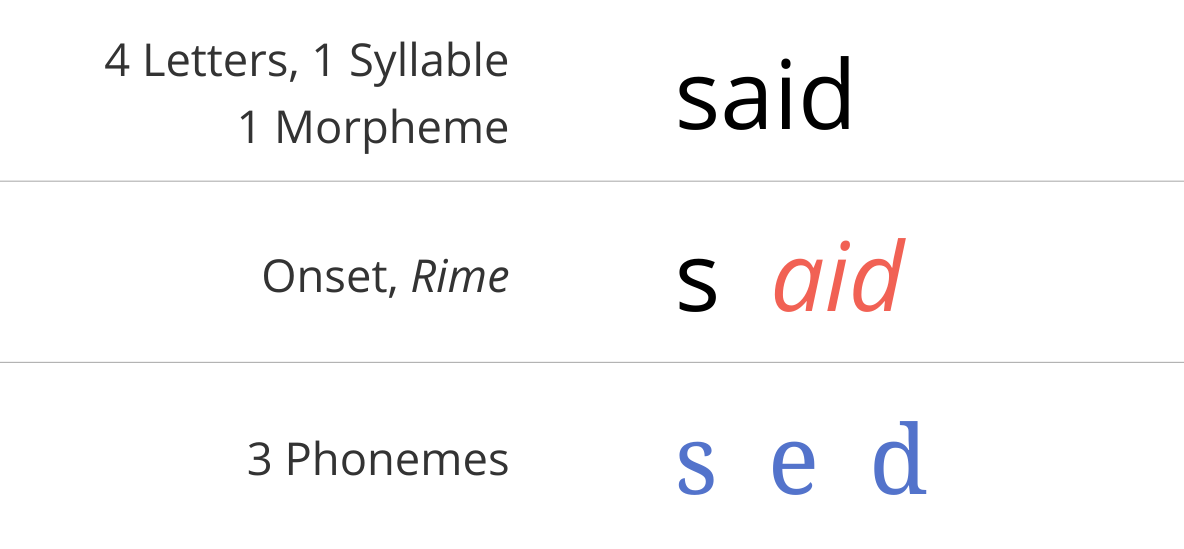Death may be the great equalizer, but Americans have long believed that during this life “the spread of education would do more than all things else to obliterate factitious distinctions in society.” These words come from Horace Mann, whose goal was to establish primary schooling for all children—no small ambition when he announced it in 1848. Others had already raised their sights higher. As early as 1791, exulting in the egalitarian mood of the new republic, one writer declared it “a scandal to civilized society that part only of the citizens should be sent to colleges and universities.”1
How that part has grown is a stirring story. It begins in the colonial period with church-funded scholarships for the sons of poor families. It continued after the Revolution with the founding of public universities such as those of North Carolina and Virginia. In the midst of the Civil War, it was advanced by the Morrill Act, by which Congress set aside federal land for establishing “land-grant” colleges, many of which became institutions of great distinction. By the later nineteenth century, when most colleges still admitted only white men, the cause was advanced again by the creation of new colleges for women and African-Americans.

e = get, head
Dive into said